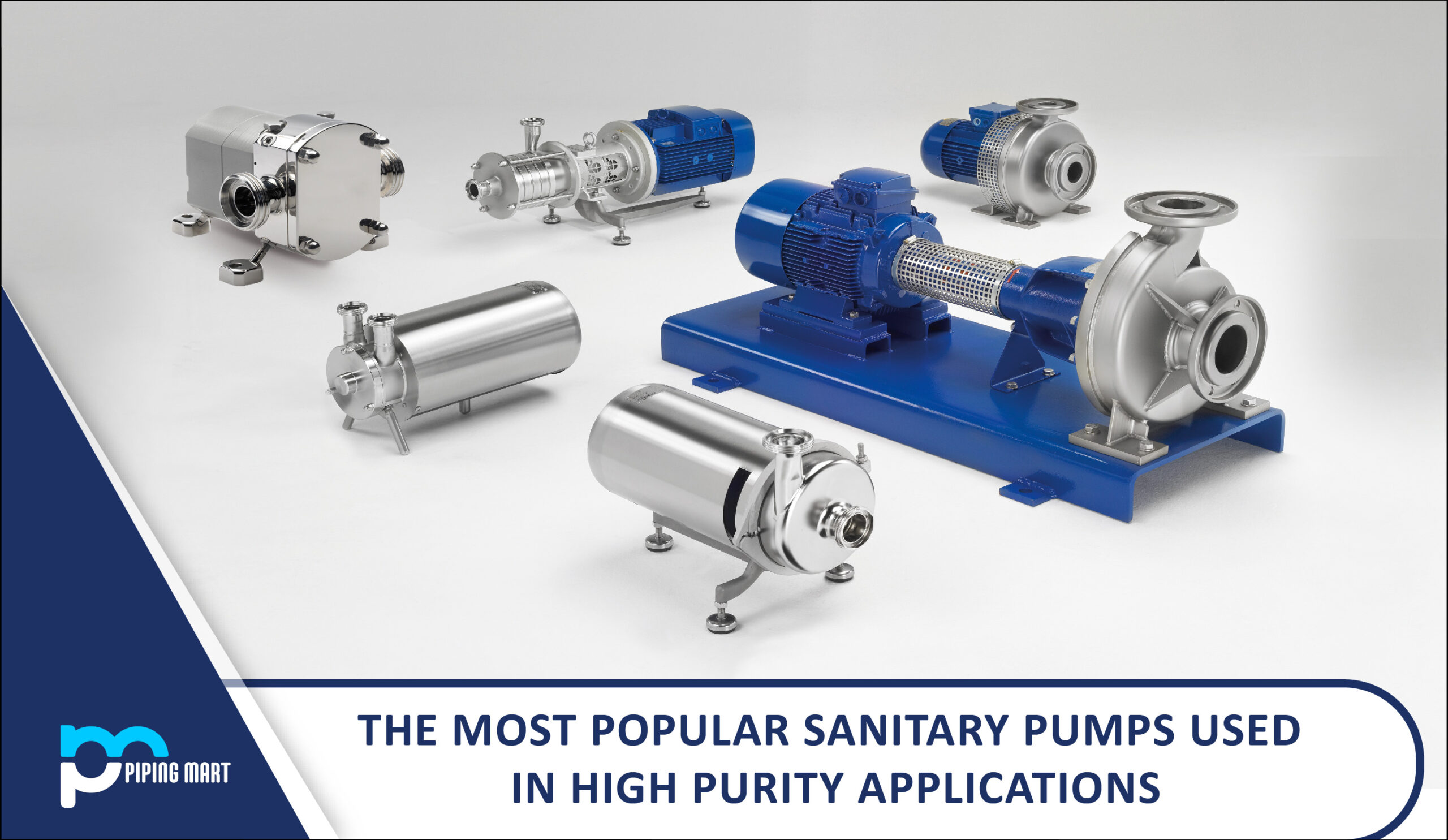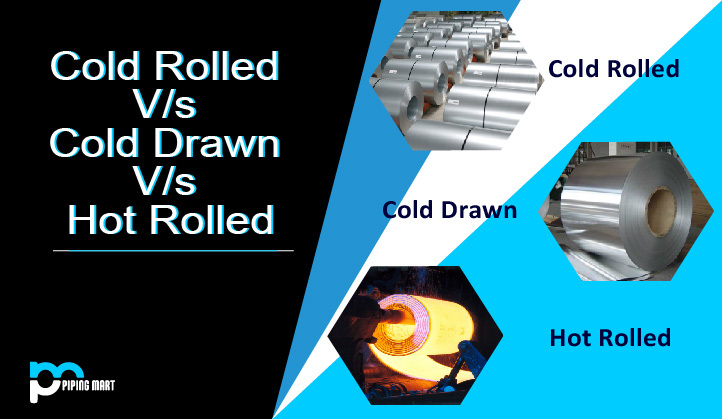Sanitary pumps are frequently designed higher than most other processing sectors since they are employed in high-purity applications like pharmaceutical processing and biotechnology. Several organizations that set standards for ultra-clean processing have specified that the pumps efficiently transport products and adhere to exacting design and cleanability specifications.
Pumps that are common in high-purity Applications
Centrifugal Pumps
- The kinetic pump design is by far more frequently used in this fashion. In reality, centrifugal pumps make up the vast majority of pumps used today in processing.
- They are a well-liked option for many high-purity applications because of their durability, sanitary design, and reasonably low price.
Liquid Ring Pumps
- A liquid ring kinetic pump typically has a highly specialized function in processing applications. It is made to pump fluids that contain entrained air or gases without losing their prime, which a typical centrifugal pump finds challenging.
- While most high-quality manufacturers’ liquid ring pumps are 3A compliant and offer sanitary options, they could not be adequately hygienic for product contact in applications requiring high purity.
Rotary Lobe Pump
- Two parallel shafts drive lobed rotors in rotary lobe pumps. The lobes on the rotors alternately mesh and unmesh with each other as the shafts revolve in opposite directions, repeatedly forming and collapsing chambers to catch the fluid. The lobes separate close to the pump entrance, forming a low-pressure chamber that aids in drawing fluid into the pump casing. Between lobes, the fluid gets trapped and is forced through the pump casing to the discharge point. The fluid cavity is compressed, and tremendous pressure is created as the lobes recombine close to the outlet, forcing the fluid through the outlet.
- Rotating lobe pumps are particularly efficient at moving less viscous fluids in low-pressure applications, although primarily employed for high viscosity fluids. Rotating lobe pumps produce a consistent flow regardless of variations in the process head pressure since they are often unaffected by system pressures due to their design. The output of these pumps can also be easily adjusted by changing the pump speed, usually using a variable frequency drive, because they discharge a specified amount of fluid every revolution (VFD).
Diaphragm Pump
- Instead of using electric motors or drives, air-operated diaphragm (AOD) or double-diaphragm (AODD) pumps—also known as “membrane” pumps—are powered by compressed air. They repeatedly compress and decompress flexible diaphragms to draw fluid into the pump chamber and subsequently push it out.
- Throughout each pump stroke, check valves regulate fluid flow into and out of the chambers. The lack of a mechanical seal makes maintenance easier and offers better cleanability because diaphragms isolate the pump-driving components from the wetted surface. Additionally, the pump can remain dry for extended periods without being harmed.
Peristaltic Pump
- The fluid is confined inside a flexible tube or hose curled around the circumference of a circular casing in a peristaltic pump (also known as a roller pump, hose pump, or tube pump). The pump’s intake and outflow are linked to the tube’s ends. The casing is positioned in the middle and revolves around a single rotor with two or more lobes.
Eccentric Disc Pump
The eccentric disc pump’s specific pumping mechanism can be exceedingly efficient for both high and low-viscosity applications. A disc positioned on an eccentric shaft inside of a cylinder produces the pumping action. The offset disc produces chambers that alternately grow and shrink in size as the shaft spins. The product is sucked into the pump as the chamber expands on the inlet side. The product is pushed out of the pump when the size of the chamber shrinks on the outlet side.

Pipingmart is B2B portal specializes in industrial, metal and piping products. Also, share latest information and news related to products, materials and different types grades to help business dealing in this industry.




